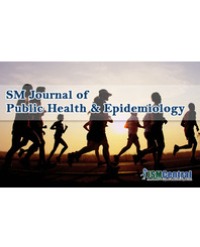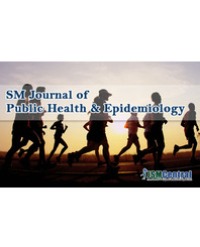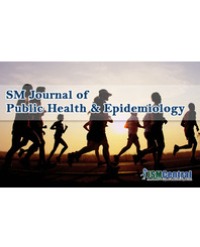
Health and Social Vulnerability of Adolescents in Nepal
Background: Adolescents’ social and health vulnerabilities are growing public health concerns worldwide as vulnerable adolescents have difficulties in maintaining their physical and psychosocial wellbeing. Adolescents from poor economic settings are more vulnerable because of lack of basic necessities and parental guidance.
Methods: The data are derived from the Nepal Adolescent and Youth Survey (NAYS) 2010/11 conducted among 14,754 adolescents from 72 districts of Nepal, using Probability Proportion to Size (PPS) method and multi-stage random sampling procedures.
Results: The survey shows that 16 percent of the adolescents were out of formal schooling, 32 percent reported that they were physically beaten, 14 percent told that they ever consumed alcohol, 16 percent were vulnerable from injury, 51.9 percent were vulnerable from illness requiring medical treatment and around 14 percent of the adolescents reported at least one perceived psychosocial problems. From Gender perspectives early marriage, psychosocial problems and out of schooling were the major factors responsible for vulnerability in girls while injury was the common vulnerability factor for boys. Being girl, being older and belonging to Brahmin/ Chhetri caste and residing in mountain region were the major predictors for out of schooling while contributing factors for child marriage were being girl, being older, residing in rural localities and belonging to Janajati caste. Boys, lower age’s adolescents and residing in mountain region were more vulnerable for physical violence. Alcohol was major cause of vulnerability among boys, older age, living in mountain region, belonging to Janajati caste and having lower wealth quintiles.
Conclusion: Adolescents social and health vulnerabilities are high especially among girls and those from remote areas and belonging to Dalit caste. The factors associated with vulnerabilities had mainly the socio economic causes and difficulties in access in health services.
Ramesh Prasad Adhikari¹*, Nawaraj Upadhyay², Ruja Pokhrel², Bhim Raj Suwal³, Mahendra Prasad Shrestha⁴ and Pushpa Kamal Subedi³




